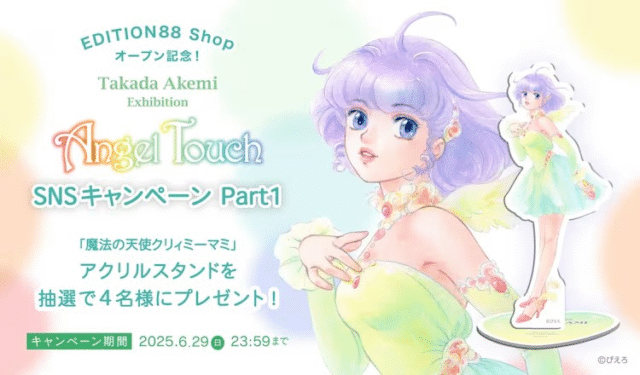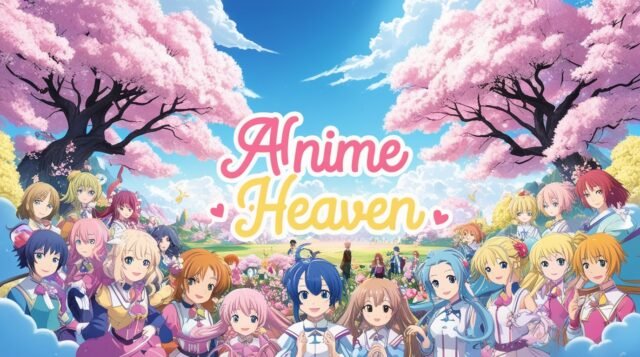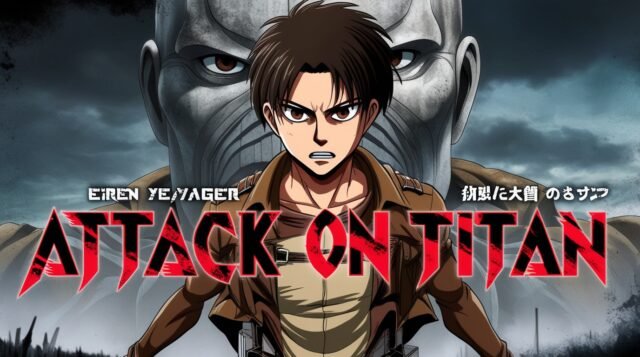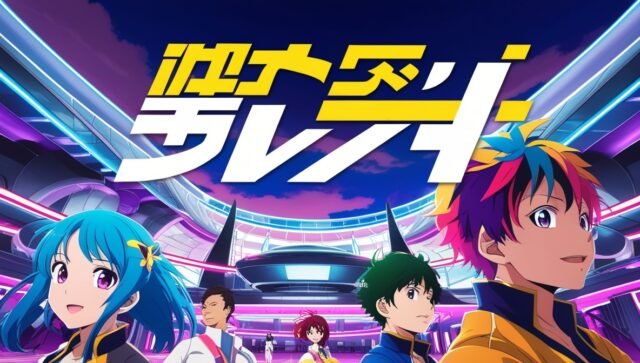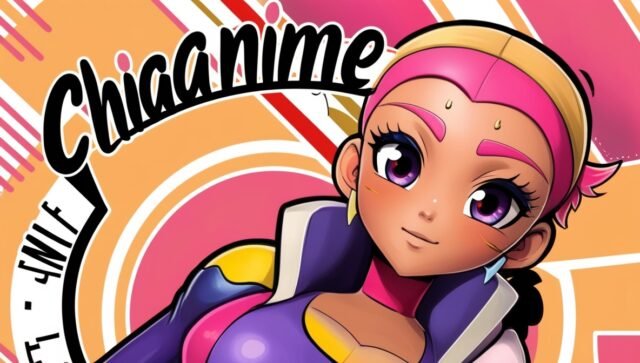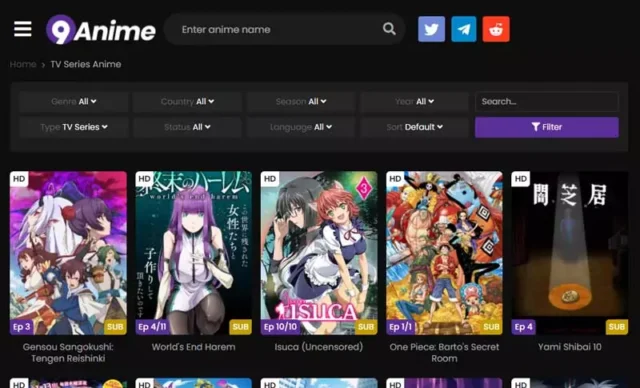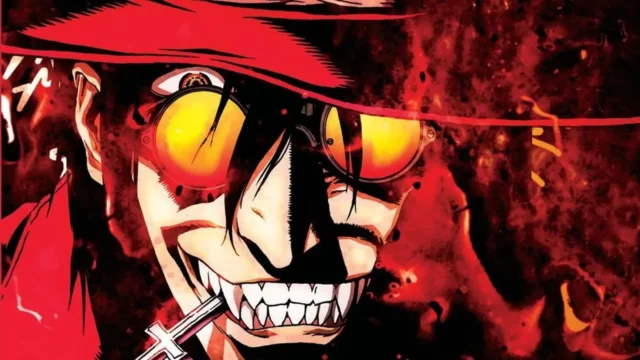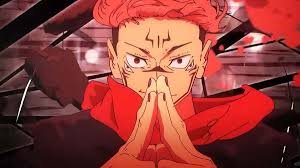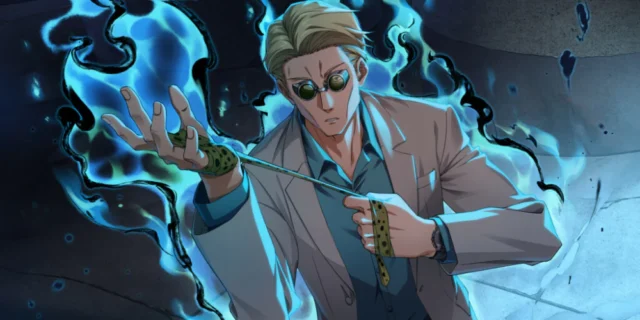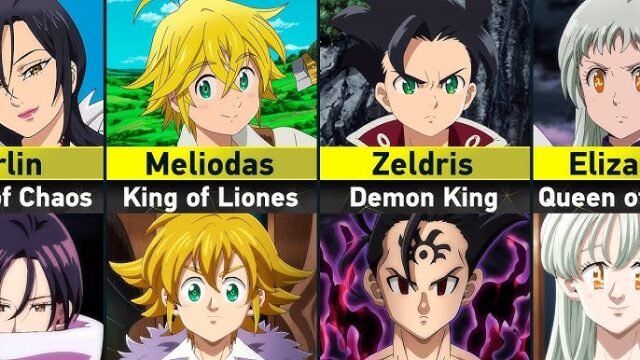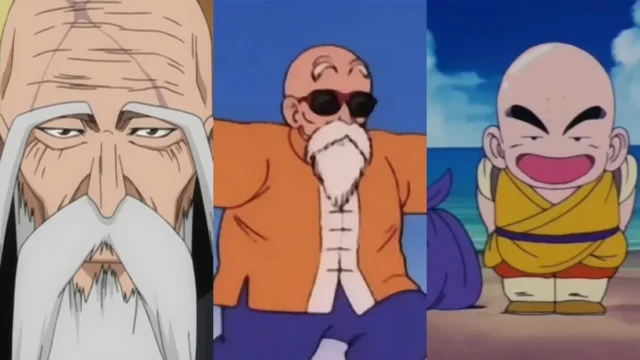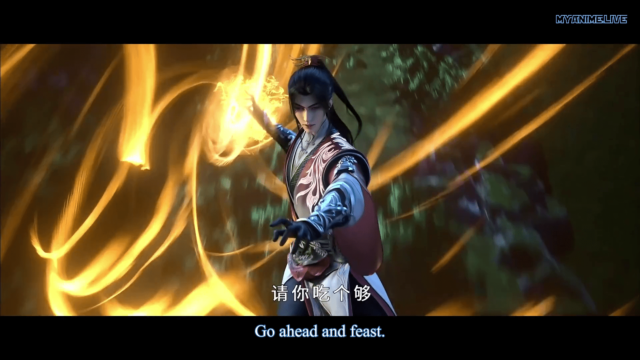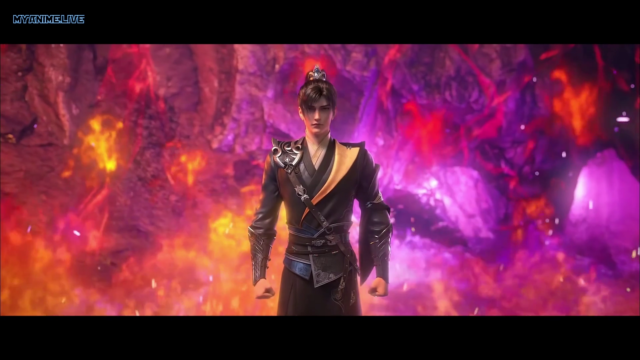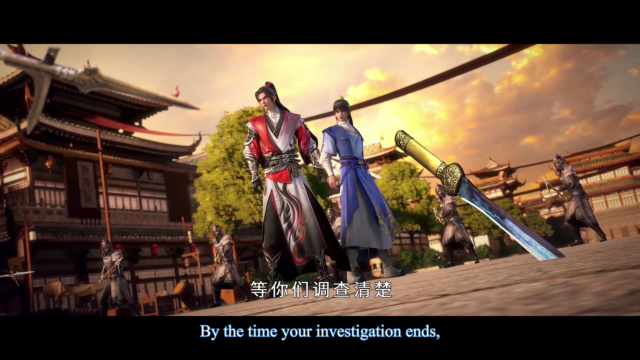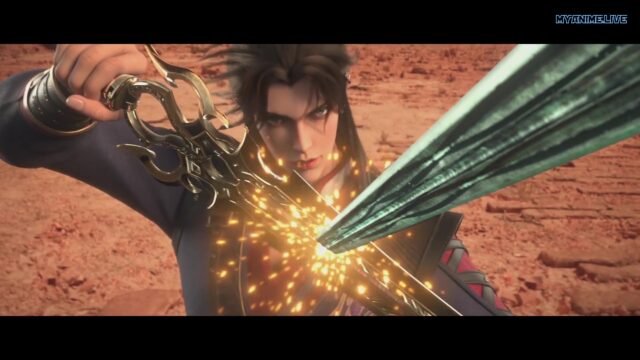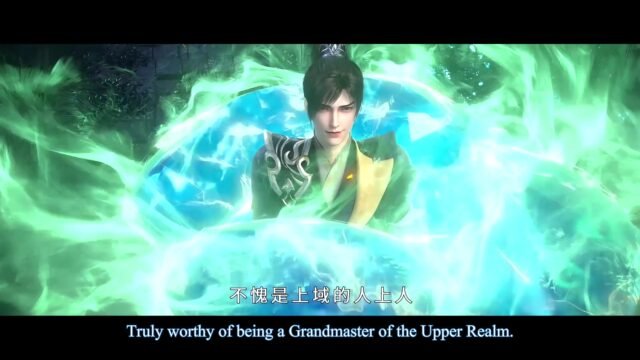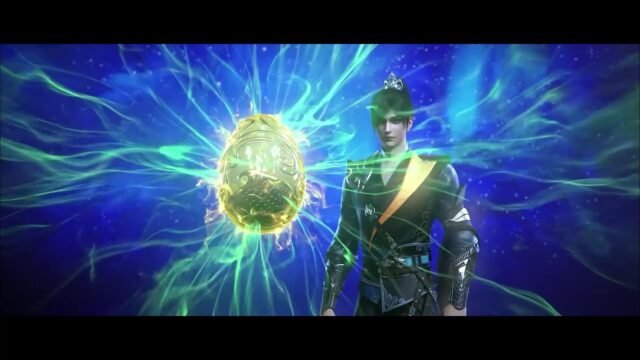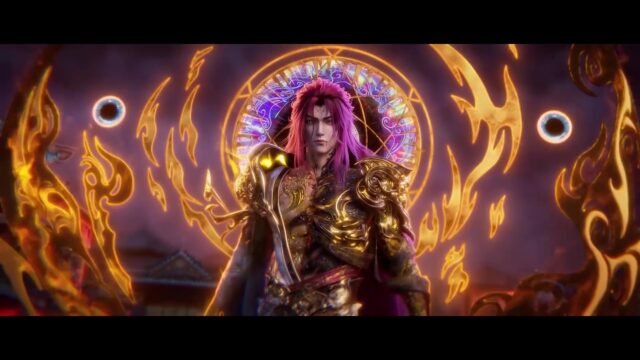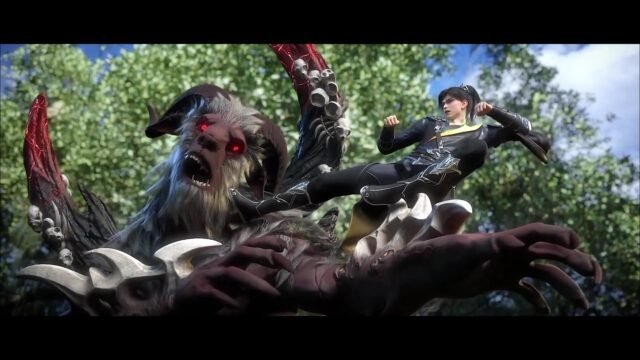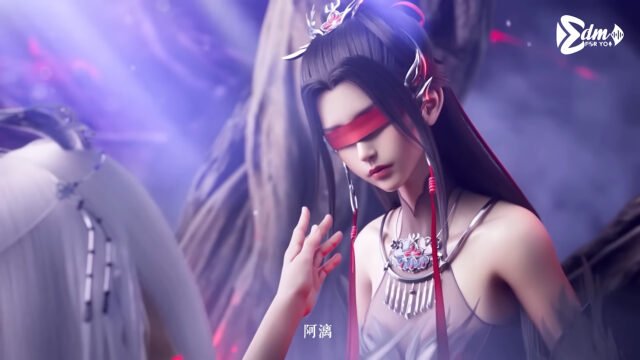Horror anime has come a long way, evolving from simple ghost stories and folklore to complex narratives that delve deep into psychological fear. The genre has continually adapted to changes in audience preferences and cultural shifts, making it a fascinating area to explore.
In the early days, horror in anime was often rooted in traditional Japanese folklore. Titles such as Urotsukidoji: Legend of the Overfiend and Gegege no Kitaro showcased classic monsters and supernatural beings. These stories reflected societal fears and tapped into the deep well of Japanese mythology. The art style was often unique, emphasizing dark themes paired with striking visuals that left a strong impression. Horror here was often overt, using grotesque imagery to evoke discomfort and fear.
As the genre progressed into the late 80s and 90s, we could see a significant shift. The introduction of psychological horror became evident with works like Perfect Blue, which blurred the lines between reality and illusion. This era saw the rise of more complex characters and storylines that focus on the mental state of individuals in distress. Viewers were captivated not just by blood and gore but by the deeper implications of fear and anxiety. Characters in these stories often faced internal demons that readers found relatable.
Moving into the 2000s, horror anime began to diversify even further. This decade introduced series such as Hellsing and Another, both of which combined horror with action and mystery elements. These shows managed to blend traditional horror features with modern storytelling techniques, captivating a wider audience. The visual style became more refined, utilizing digital animation to enhance suspense and shock value. Additionally, horror tropes adapted themes more representative of modern fears such as isolation, technology, and societal chaos.
In recent years, horror anime has become increasingly innovative. Series like Tokyo Ghoul and Attack on Titan have pushed the boundaries, featuring intricate lore and moral dilemmas. Here, horror is not just about creepy visuals but poses pressing questions about humanity, survival, and ethics in a distorted world. What makes these series truly terrifying is their ability to reflect real-world issues, leaving viewers in a constant state of anxiety and anticipation.
Here’s a concise look at how horror anime has developed over the decades:
| Decade | Subgenre | Notable Titles | Key Themes |
|---|---|---|---|
| 1970s-1980s | Supernatural | Urotsukidoji, Gegege no Kitaro | Folklore, Monsters |
| 1990s | Psychological | Perfect Blue, Serial Experiments Lain | Reality vs. Illusion, Mental Distress |
| 2000s | Action/Mystery | Hellsing, Another | Isolation, Modern Fears |
| 2010s-Present | Dark Fantasy | Tokyo Ghoul, Attack on Titan | Morality, Ethics, Humanity |
This evolution highlights how horror anime reflects the changing landscapes of societal fears and cultural narratives. Its ability to adapt and innovate means that it remains relevant and engaging for modern audiences. Fans are not just looking for scares anymore; they seek stories that resonate on a deeper level, often pushing the boundaries of what it means to be scared.
The future of horror anime appears promising. With advancements in animation technology and storytelling, we can expect new series that will challenge our perceptions of fear. As writers and creators continue to explore taboo subjects, horror could become an even more potent way of examining human experiences. The genre will likely keep its place as a staple in animation, evolving in tandem with both societal changes and audience expectations.
Ultimately, horror anime is about more than just jump scares and graphic visuals. It serves as a mirror reflecting the complexities of our fears and anxieties. Engaging with horror anime will encourage you to confront your fears, ask challenging questions, and perhaps even find catharsis in the darkness.
Iconic Horror Anime Characters and Their Impact on the Genre
Horror anime has carved a significant niche in the world of animation. With its unique storytelling and often chilling visuals, it presents an enthralling experience for the viewers. Central to this genre are its iconic characters, each leaving a memorable impact not only on viewers but also shaping the genre itself. Let’s dive into some of these remarkable figures and explore their influence.
Key Characters in Horror Anime
Below are the key characters that have made a notable impact on horror anime:
- Kaneki Ken (Tokyo Ghoul): A tragic hero who transforms from a timid college student to a half-ghoul fighting for survival. His internal conflict and struggle with identity resonate deeply with fans, portraying the horrors of losing one’s humanity.
- Yuno Gasai (Future Diary): Known for her obsessive love, Yuno represents the chaotic nature of passion intertwined with horror. Her unpredictability keeps viewers on edge, showing how love can turn into something terrifying.
- Shiki (Shiki): This series explores the concept of humanity versus monstrosity. The character of Shiki challenges the classic vampire trope, making viewers question what it truly means to be human, and reflects on moral implications of survival.
- Rei Hino (Neon Genesis Evangelion): While not typically a horror-specific character, Rei embodies existential dread and psychological horror present in the series. Her story delves into loneliness and the fear of human connections.
- Oni (Paranoia Agent): This character represents societal fears and the psychological breakdown of individuals due to pressure. Using horror elements, this anime unpacks the complexity of mental health in a gripping manner.
The Evolution of Horror Anime Characters
The characters mentioned above are not only iconic for their unique characteristics but also for how they evolve throughout their respective narratives. This evolution often mirrors the viewer’s own fears and insecurities:
| Character | Evolution | Impact on Genre |
|---|---|---|
| Kaneki Ken | From humane to monstrous | Introduced the horror of identity loss |
| Yuno Gasai | Obsessed lover | Highlighted the dark sides of love |
| Shiki | From human to vampire | Challenged vampire narratives |
| Rei Hino | Emotionally detached | Explored psychological horror |
| Oni | A reflection of societal issues | Europeence of modern fears in storytelling |
Impact of Iconic Horror Anime Characters
These central figures have not only captivated audiences but also expanded how horror stories can be told. The unique depth and complexity of characters enrich the viewing experience:
- Challenge Stereotypes: Horror anime characters often break away from typical horror tropes, offering viewers nuanced portrayals that challenge conventional ideas of good and evil.
- Explore Psychological Themes: Many iconic characters in horror anime dive deep into psychological horror. They explore themes of fear, identity, and the human condition, making the horror relatable.
- Cultivate Fan Communities: These characters foster vibrant fan communities that analyze their narratives, showcasing how horror can unite people through shared fears and passions.
- Influence on Other Media: The success of characters like Kaneki Ken can be seen rippling through other forms of media, influencing how horror stories are crafted across genres globally.
In essence, horror anime characters extend far beyond the screen, leaving lasting impressions that echo in viewers’ minds. This genre serves as a platform to address real-world anxieties creatively, making it both relevant and impactful to today’s society. Every eerie moment, blood-curdling scream, and terrifying twist in these anime not only entertains but also encourages introspection. So, whether you’re a die-hard fan or a curious newcomer, these characters invite you into their dark and thrilling world, creating unforgettable encounters in the realm of horror.
Psychological Themes in Horror Anime: Analyzing Fear and Isolation
Horror anime often taps into deeply rooted emotions, using psychological themes to explore fear and isolation. These elements create a gripping atmosphere that resonates with viewers on multiple psychological levels. Many horror anime series go beyond simple jump scares or gore, delving into the human psyche and presenting scenarios that challenge both the characters and the audience. This intricate blend of storytelling makes horror anime a unique medium for examining our deepest fears.
One of the most prominent psychological themes in horror anime is existential dread. This theme challenges characters with questions about their existence and the meaning of life. For instance, in series like Paranoia Agent, characters confront not only external threats but also their personal insecurities. This duality enhances the horror as viewers see characters grappling with their innermost fears while facing external chaos. Such narratives pull the audience into a psychological maze where every choice leads to further isolation or despair.
Isolation is another critical theme that is often explored in horror anime. It illustrates the effects of loneliness on mental health and shows how it can lead to madness. In the acclaimed series Another, a group of students faces a cursed fate while being physically and emotionally isolated from the rest of the world. As the characters navigate this chilling environment, the isolation compounds their terror, making the viewer feel their plight. The isolation theme accentuates the horror, allowing viewers to empathize deeply with characters trapped in terrifying situations.
Fear of the unknown is a motif commonly found in horror anime. It often takes shape in the form of mysterious entities or unexplained phenomena. Shows like Shiki embody this theme, where villagers face an unseen threat that challenges their understanding of life and death. The gradual revelation of horror adds layers of complexity to the story, as characters become increasingly unsure of who to trust. This fear stems not just from the supernatural elements, but also from the discomforting truths that are uncovered about humanity itself.
Another aspect of horror anime that highlights psychological themes is the exploration of trauma. Many subplots revolve around characters who have endured significant emotional or physical pain. In Tokyo Ghoul, for instance, the protagonist Kaneki faces a traumatic transformation that forces him to navigate a brutal world of ghouls. This trauma shapes his identity and relationships, making viewers question how external horror can affect an individual’s mind. Through Kaneki’s journey, horror anime shows that psychological scars can be more haunting than any physical threat.
In many cases, horror anime provides a reflective lens on societal issues, featuring characters that embody various societal fears and anxieties. The series Serial Experiments Lain dives into the fears surrounding technology and identity. Lain, the protagonist, becomes obsessed with the digital world, leading to unsettling questions about communication and connection. This theme of interconnectedness contrasts sharply with the inherent isolation experienced by the characters. The fear of losing oneself in an increasing virtual world has become more relevant as technology continues to evolve.
Understanding these themes can enhance the viewing experience. Here’s a list of common psychological themes in horror anime:
- Existential Dread
- Isolation and Loneliness
- Fear of the Unknown
- Trauma and Its Aftermath
- Societal Anxieties
As horror anime continues to evolve, these psychological themes remain central to its storytelling. They allow creators to push boundaries, inviting viewers to confront their fears while being entertained. The art of fear in animation connects with audiences by provoking thought and discussion on real-world issues, making horror anime more than just a genre but rather a complex narrative form equipped with depth and meaning.
Ultimately, psychological themes in horror anime like fear and isolation engage you as a viewer in a unique way. These themes compel you to analyze not only the characters’ experiences but also your own fears and feelings of isolation. By doing so, horror anime creates a lasting impression that prompts conversations about the human condition, making it a powerful force in the realm of storytelling.
The Role of Animation Style in Enhancing Horror Elements
Animation style plays a crucial role in the world of horror anime. It enhances not only the story but also the emotions and the atmosphere that keep viewers on the edge of their seats. By manipulating visuals, creators conjure feelings of dread, suspense, and terror that effectively engage the audience.
In horror anime, visuals are more than just artistic choices; they contribute significantly to storytelling. Here are some ways animation style enhances horror elements:
1. Color Palette
The color palette in horror anime sets the mood and tone for the narrative. Dark and desaturated colors often evoke feelings of hopelessness and fear. In contrast, bright colors are used sparingly to highlight moments of shock or surprise, emphasizing the terrifying elements. Some common palettes include:
- Monochromatic Schemes: Using shades of a single color can create a sense of unease and discomfort.
- Earthy Tones: These can make settings feel claustrophobic and grounded in reality, heightening the fear of the unknown.
- Sharp Contrasts: High contrast between light and dark can create a tension that keeps viewers alert for jump scares.
2. Character Design
Character design is another integral component. The way characters look can greatly influence how frightening they appear. Anime often utilizes exaggerated features to communicate emotions and attributes, making them either relatable or deeply unsettling. Here are some aspects of character design in horror anime:
- Distorted Features: Characters with twisted or off-putting facial features can instantly create a sense of unease.
- Expressionism: Exaggerated expressions convey fear, anger, or confusion, pulling viewers into the emotional landscape.
- Silhouetted Figures: The use of shadowy characters keeps them ambiguous, allowing viewers to fill in the gaps with their imaginations.
3. Animation Techniques
Different animation techniques contribute to horror. The choice of motion, pacing, and transition can amplify tension in various ways:
- Slow Motion: Utilizing slow-motion sequences during climactic moments can stretch time, increasing suspense.
- Quick Cuts: Rapid editing between scenes or characters can disorient viewers, making events feel chaotic and frantic.
- Fluid Movements: Unnatural or uneven movements can make a character feel eerie or monstrous, enhancing the horror factor.
4. Atmosphere and Backgrounds
The environment in which horror anime takes place is equally important. Densely layered backgrounds full of shadows and subtle details can create a haunting atmosphere. Consider the following elements:
- Environmental Sounds: While primarily an audio element, the visuals should complement the eerie soundscape.
- Foreground and Background Layers: Using deep visuals creates a sense of depth, making scenes more immersive.
- Symbolic Imagery: Hidden symbols or horrifying visuals in backgrounds can foreshadow events, keeping viewers engaged.
5. Storytelling through Animation
The combination of story and animation style intertwines to create an impactful horror narrative. Animation can visually convey key themes or plot points without dialogue. Certain effects include:
- Visual Metaphors: Artistic symbols that represent fears or trauma can resonate with viewers on a deeper level.
- Dynamic Layouts: Creative framing and angles can intensify emotions, drawing viewers into the psychological turmoil of the narrative.
- Viewer Perspective: The use of specific angles can make the audience feel part of the story, increasing their emotional involvement.
Animation style stands as a pillar in horror anime, enhancing the overall experience. From color choices to character designs, each aspect reflects the emotional landscape of the story, drawing viewers into a world rife with fear and suspense. By leveraging these elements, creators build a rich atmosphere that resonates strongly with the audience, heightening the terror and making horror anime a powerful medium for storytelling.
Recommendations for Must-Watch Horror Anime Series and Films
If you’re a fan of spine-chilling thrills and adrenaline-pumping scares, horror anime offers an exciting blend of story and art that can captivate and terrify you. Encompassing everything from psychological terror to supernatural phenomena, there’s something in the horror anime genre for everyone. Here are some must-watch series and films that you shouldn’t miss.
Series Recommendations
The horror anime scene is filled with gripping series that will keep you on the edge of your seat. Let’s dive into some top recommendations.
- Attack on Titan – This anime has shaken the world with its intense plot centered around humanity’s struggle against man-eating giants known as Titans. It mixes horror with action in a way that many fans adore.
- Another – A classic in the horror anime genre, Another tells the story of a cursed classroom in which students mysteriously die. The eerie atmosphere and suspense will keep you guessing until the end.
- Paranoia Agent – This psychological thriller offers a unique blend of horror and social commentary. It explores fear and paranoia in urban society, leaving viewers deeply unsettled.
- Hellsing Ultimate – With its blend of vampires and horror action, this series delves into the battle against supernatural creatures. The captivating animation and dark themes make it a standout.
- Shiki – In a small town plagued by bizarre deaths, the chilling narrative unfolds, uncovering the mysteries surrounding vampires. The art and storytelling combine to create a haunting experience.
Film Recommendations
Along with series, horror anime films pack a powerful punch. Here are some horror anime films that are definitely worth your time:
- Perfect Blue – A psychological thriller that blurs the line between reality and illusion, where a former pop star is stalked by an obsessive fan. This classic performed well at film festivals and remains highly regarded among horror lovers.
- Tokyo Ghoul: Jack – Part of the Tokyo Ghoul series, this film dives deeper into the lore of ghouls with a gripping narrative that is both intense and emotional.
- The Garden of Sinners – This film anthology explores themes of death and existence in chilling storytelling. Each chapter presents a new set of horrors and psychological challenges.
- Vampire Hunter D: Bloodlust – This visually stunning film features a vampire hunter on a quest to save a woman from a powerful vampire. Its blend of horror and action is sure to impress.
- Ako: The Last Guardian – A unique take on the horror genre, this film combines computer-generated visuals and traditional animation, creating a beautiful yet terrifying experience.
Diverse Themes in Horror Anime
What makes horror anime so captivating is its versatility. Here are some themes you might encounter:
| Theme | Description |
|---|---|
| Supernatural Horror | Delves into ghosts, demons, and otherworldly beings. |
| Psycho-Thrillers | Focuses on psychological tension and the human mind. |
| Survival Horror | Centers around survival against monstrous beings or apocalyptic scenarios. |
| Body Horror | Explores the grotesque altering of the human form, often involving graphic imagery. |
| Folklore Horror | Integrates traditional stories and urban legends into its narrative. |
Whether you prefer eerie atmospheres, gruesome spectacles, or thought-provoking narratives, horror anime has a wide array of themes and stories to offer. So, grab some popcorn, dim the lights, and prepare to be scared! Your journey into the horror anime universe awaits.
Remember, some titles might be too intense or graphic for certain viewers, so be sure to check ratings and reviews to find what’s best for you. Horror anime isn’t just about scares; it also explores complex human emotions and philosophical dilemmas that resonate deeply with audiences. Happy watching!
Key Takeaway:
Horror anime is a unique and captivating genre that has evolved significantly over the years, and understanding this evolution is essential for both newcomers and long-time fans. The journey from classic tales steeped in folklore to modern, boundary-pushing narratives has created a rich tapestry of horror that appeals to varied tastes. Initially, horror anime drew heavily from traditional Japanese horror stories, featuring ghosts and supernatural elements. However, contemporary horror anime has embraced a broader scope, incorporating various psychological themes that examine fear, isolation, and the darker aspects of human nature.
Iconic characters play a pivotal role in shaping the horror anime landscape. Figures like Kaneki Ken from “Tokyo Ghoul” and Yuno Gasai from “Future Diary” have not only become standout characters but also cultural symbols that resonate with audiences worldwide. Their complex personalities and moral dilemmas add depth to their narratives, making the horror feel more real and relatable. These characters often embody existential fears, further solidifying the psychological underpinnings of the genre.
The visual aspect of horror anime cannot be overlooked. The animation style significantly enhances the experience, creating atmospheres that can evoke feelings of dread and unease. The use of color, shadow, and fluid animation contributes to building tension and suspense, compelling viewers to confront their fears in visually striking ways.
For those looking to explore this fascinating genre, there are several must-watch series and films. Titles such as “Another,” “Paranoia Agent,” and “Corpse Party” are excellent starting points, showcasing various horror elements and styles. Each recommendation offers a unique perspective on what makes horror anime special, from unsettling plots to rich character development.
The evolution of horror anime reflects the genre’s dynamic nature, influenced by cultural changes and artistic innovation. Through iconic characters, psychological themes, and innovative animation techniques, horror anime invites viewers to dive deep into their fears, making it an essential genre for anyone interested in exploring the darker sides of storytelling.
Conclusion
As the horror anime genre continues to evolve, it demonstrates a unique ability to engage and terrify audiences in ways that resonate deeply with our primal fears. From the haunting narratives of classic tales to the edge-of-your-seat experiences found in modern series and films, horror anime has transformed into a powerful medium for storytelling. Iconic characters such as Kaneki from Tokyo Ghoul and Yuno from Future Diary have left an indelible mark, serving as both harbingers of fear and profound reflections on human nature.
The exploration of psychological themes adds another layer to horror anime, delving into the realms of fear, isolation, and the human psyche. These narratives compel viewers to confront their own fears, making the experience deeply personal and engaging. Alongside this, the distinct animation styles employed in horror anime enhance the eerie atmosphere, making unsettling moments even more impactful. The interplay of visuals, sound, and storytelling crafts a chilling experience that lingers long after the credits roll.
For those eager to dive into this captivating genre, a curated list of must-watch horror anime series and films can usher you into worlds filled with suspense and dread. Whether you’re a seasoned horror fan or a curious newcomer, there’s a wealth of spine-tingling content waiting for you. The appeal of horror anime lies not just in its ability to frighten, but in its complex narratives that challenge us to confront our darkest emotions and fears. Prepare yourself for a journey into the unknown, where every episode promises to keep you guessing and shivering with anticipation.


